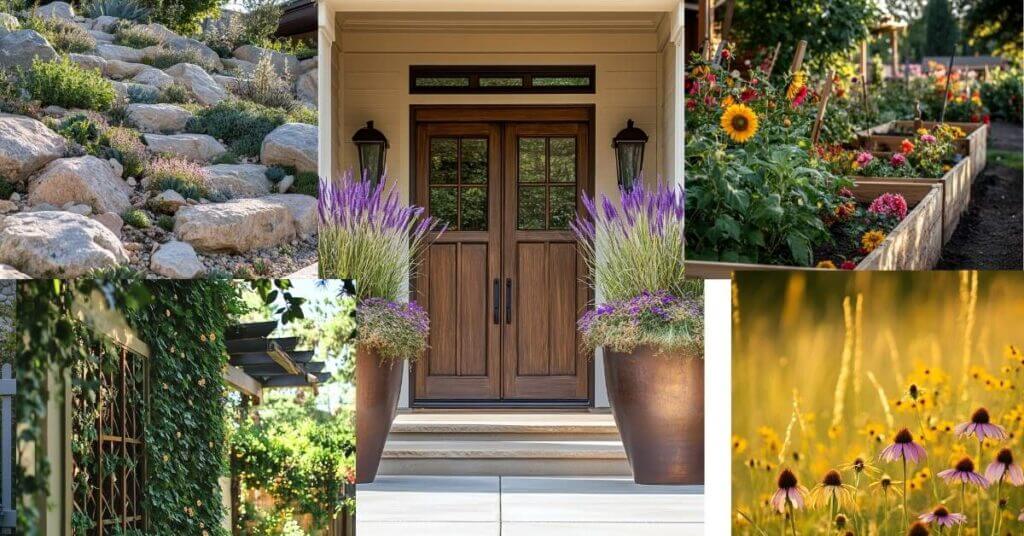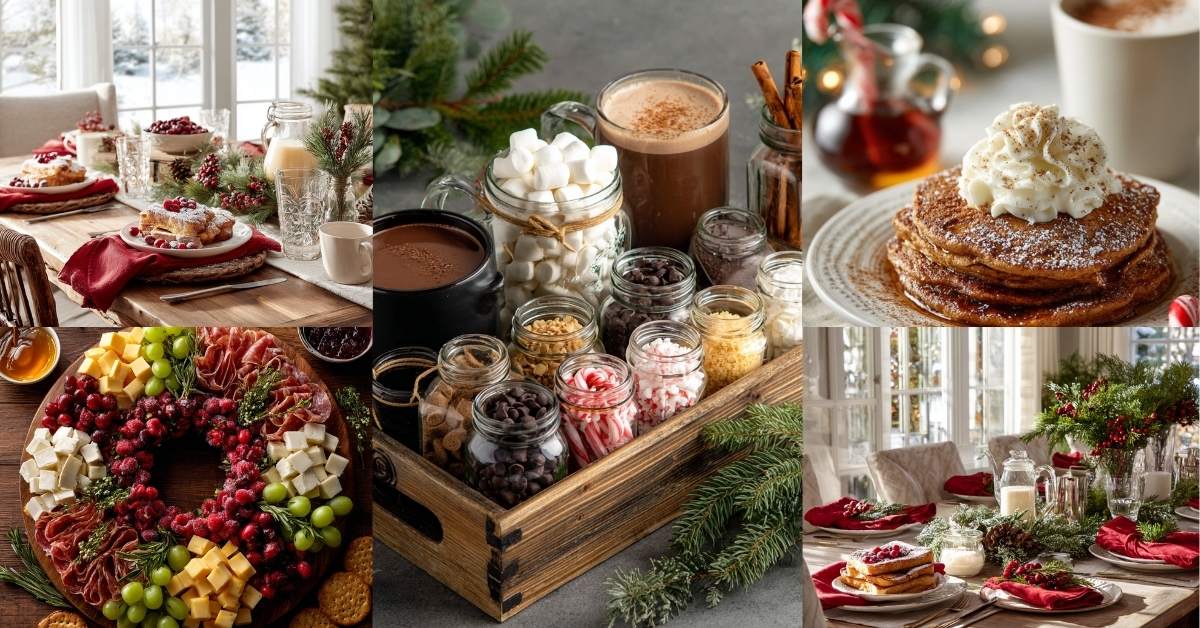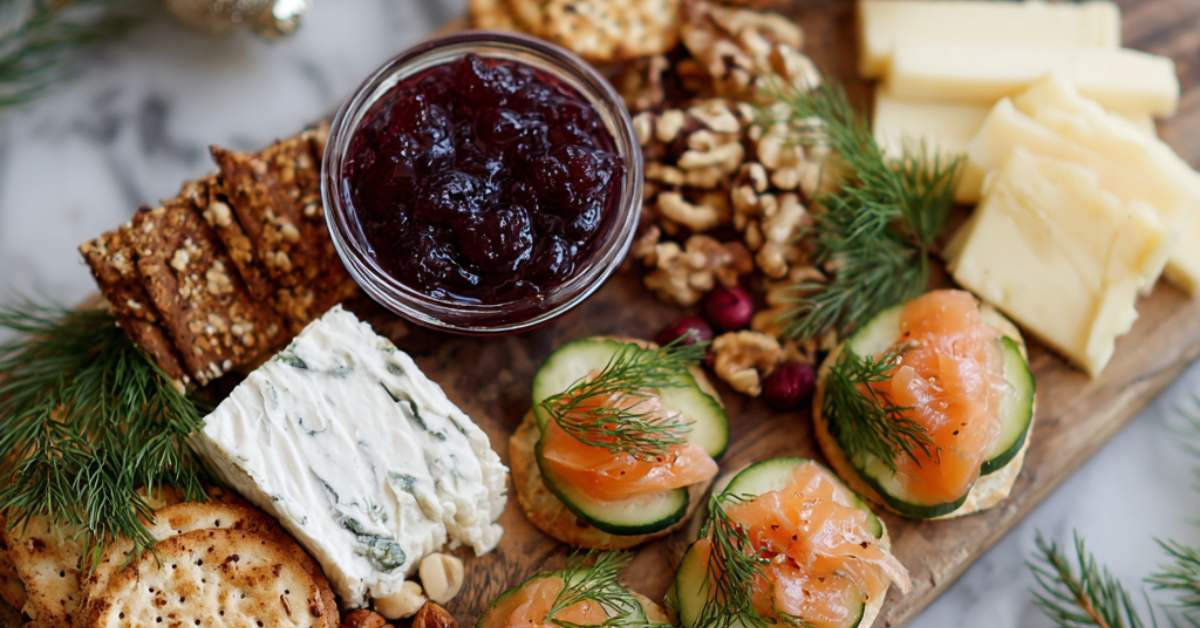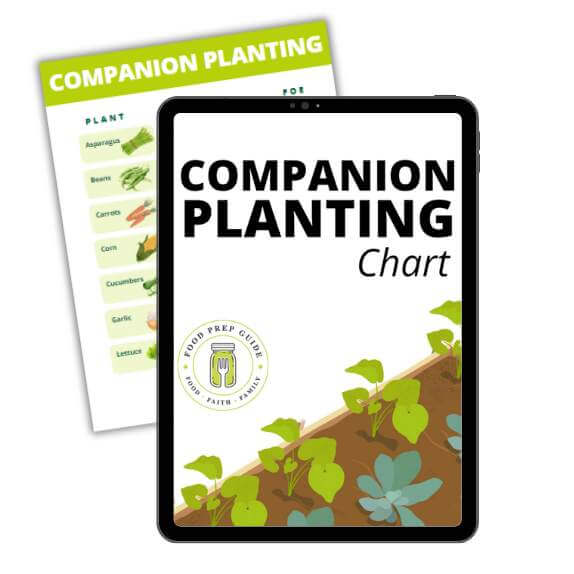You know that moment when you pull up to a house and immediately think “wow”?
It’s not typically because of the perfect paint job or the pristine driveway. It’s the front garden that stops you in your tracks.
Many of us have a random collection of plants that seemed like a good idea at the garden center or just sad flower beds that peak in May and give up by July.
The truth is, your front garden is doing all the talking before anyone even reaches your front door. It’s your home’s first impression, handshake, and welcome mat all rolled into one.
But here’s the thing—creating a front garden that turns heads doesn’t require a pro landscaper.
Here are 9 front garden ideas that prove curb appeal is totally achievable and DIY-friendly.
1. Statement Entrance Planters
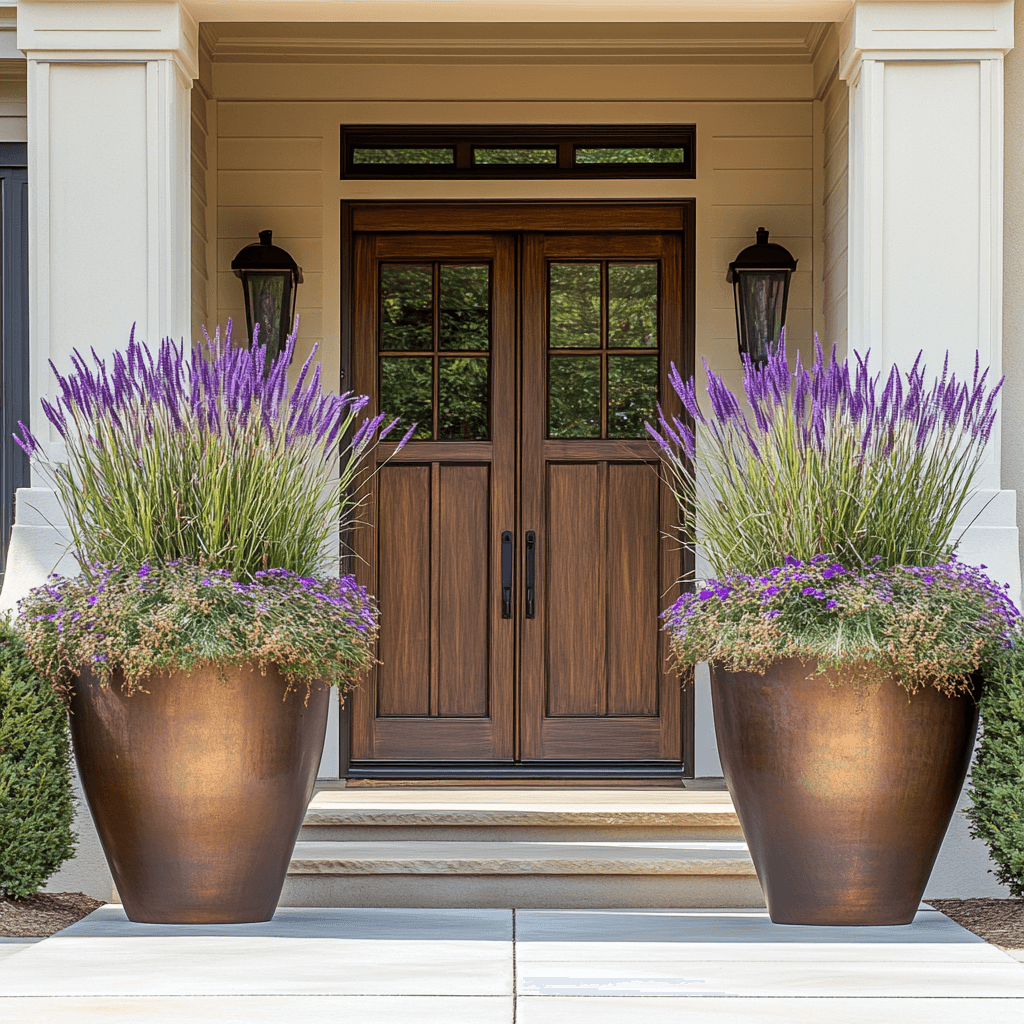
Sometimes the most powerful changes happen right at your front door.
Large, bold containers on either side of your entrance create an instant focal point. Think of them as bookends for your doorway—they frame the entrance and draw visitors forward.
Prices pulled from the Amazon Product Advertising API on:
Product prices and availability are accurate as of the date/time indicated and are subject to change. Any price and availability information displayed on [relevant Amazon Site(s), as applicable] at the time of purchase will apply to the purchase of this product.
What works: Oversized ceramic or concrete planters filled with architectural plants like ornamental grasses, perfectly shaped boxwood spheres, or rotating seasonal displays. The key is scale—go bigger than you think you need.
Pro tip: Choose plants with different heights and textures within each planter. A tall grass in the center, surrounded by trailing plants that spill over the edges, creates movement and visual interest.
2. Cottage Garden Border
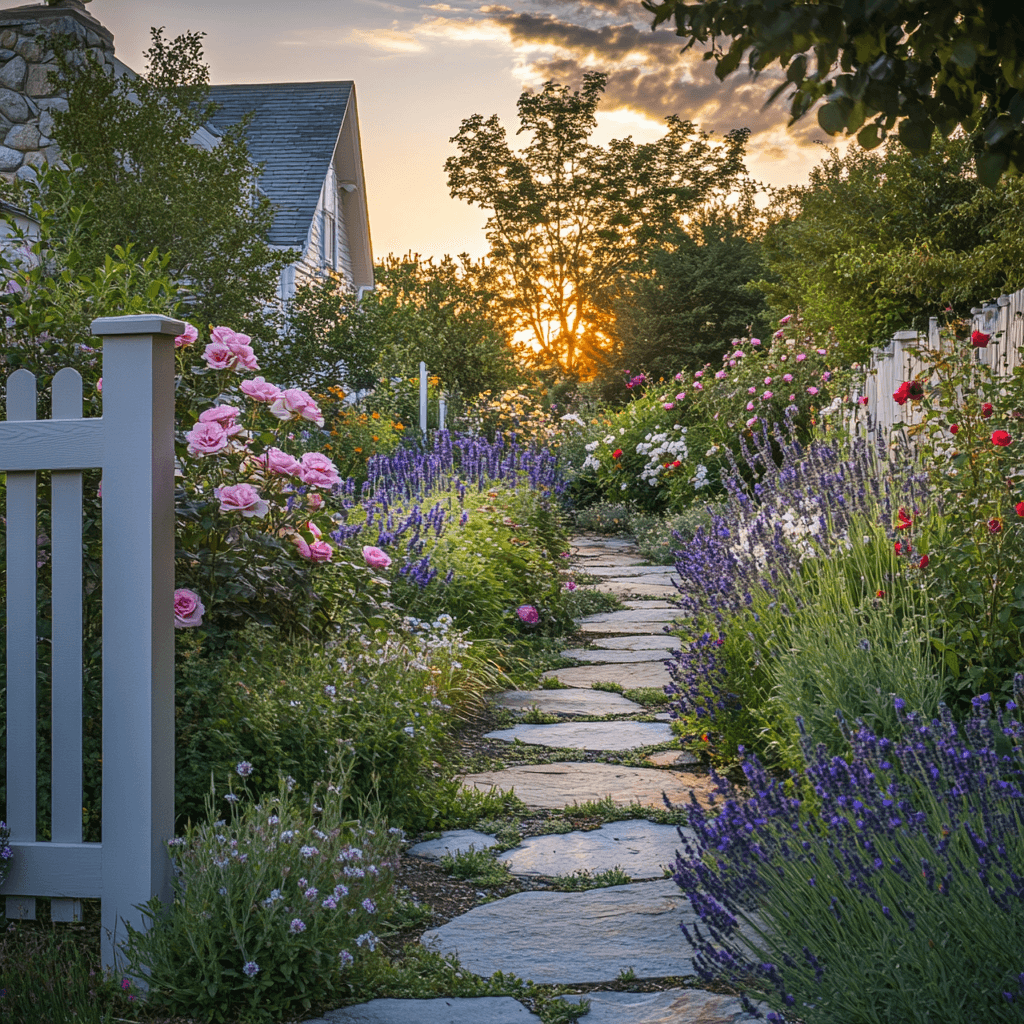
If you’ve ever walked past a garden and found yourself slowing down just to breathe in the fragrance, you’ve experienced the cottage-garden difference.
This style is all about that “perfectly imperfect” look where plants seem to have found their own way to create something beautiful. It’s organized chaos at its finest—intentional but never stiff.
What works: Mix perennials, herbs, and flowering shrubs that bloom at different times. Lavender provides structure and scent, climbing roses add height and romance, while catmint and other herbs fill in the gaps with color and texture.
Pro tip: Let some plants self-seed and spread naturally. That slightly wild, overflowing look is what makes cottage gardens so charming and effortless.
3. Modern Minimalist Landscape
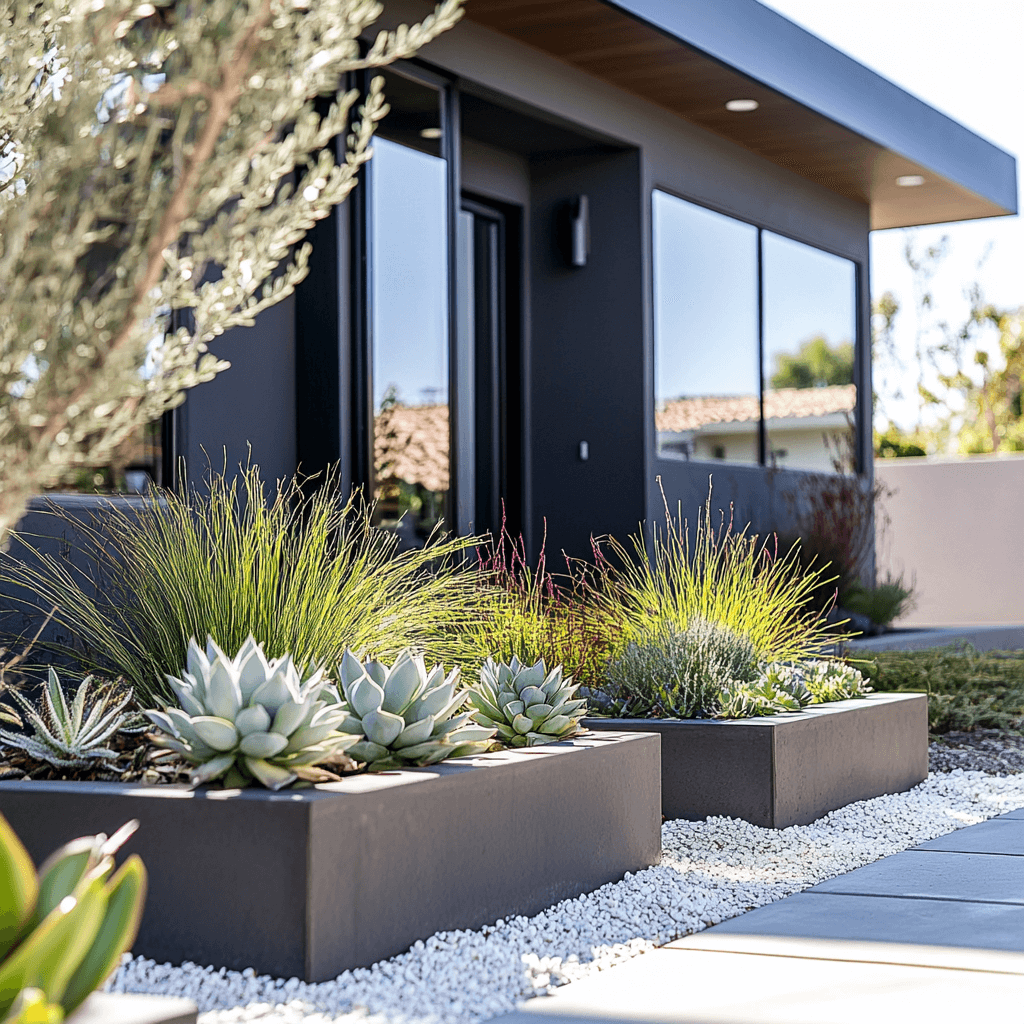
Clean lines and intentional plant choices create sophistication without the fuss.
This approach is perfect if you love the idea of a stunning front garden but don’t want to spend weekends maintaining it. It’s about making every element count—no plant or feature is there without a purpose.
What works: Geometric planters with drought-tolerant plants like succulents and ornamental grasses. Add hardscaping elements like decorative gravel, concrete pavers, or steel edging to define spaces and create structure.
Pro tip: Stick to a limited color palette—maybe three colors max. This restraint creates a cohesive, high-end look that feels intentional rather than random.
4. Seasonal Color Rotation
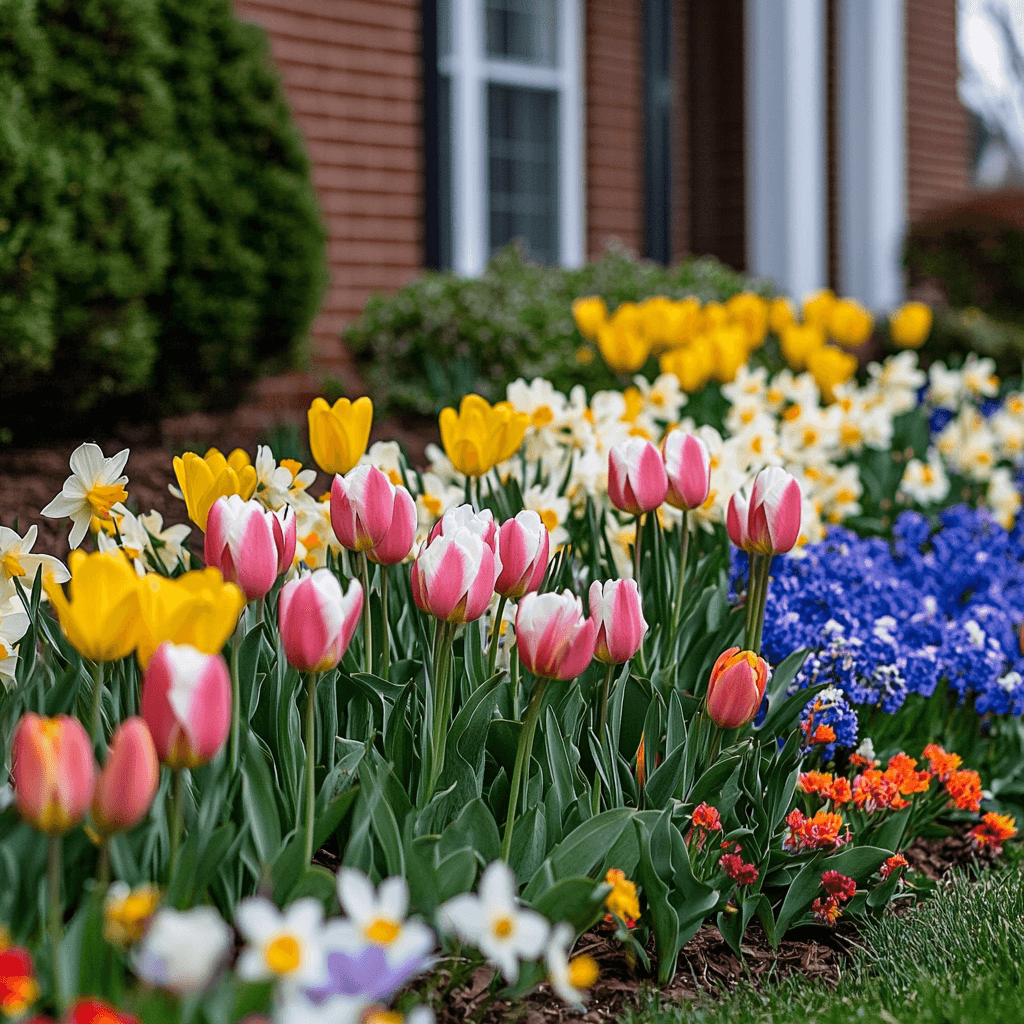
Imagine a front garden that looks magazine-worthy in every season, not just that brief moment in spring when everything blooms at once.
Strategic planning means you’ll have something beautiful to look at year-round, and your neighbors will wonder how you manage to keep things looking fresh when everyone else’s gardens are taking a break.
What works: Layer plantings with spring bulbs (tulips, daffodils), summer perennials (coneflowers, black-eyed susans), fall favorites (mums, ornamental kale), and winter structure (evergreen shrubs, ornamental grasses).
Pro tip: Plant bulbs in drifts rather than single lines. Natural-looking clusters create more impact and look less formal.
5. Vertical Garden Wall
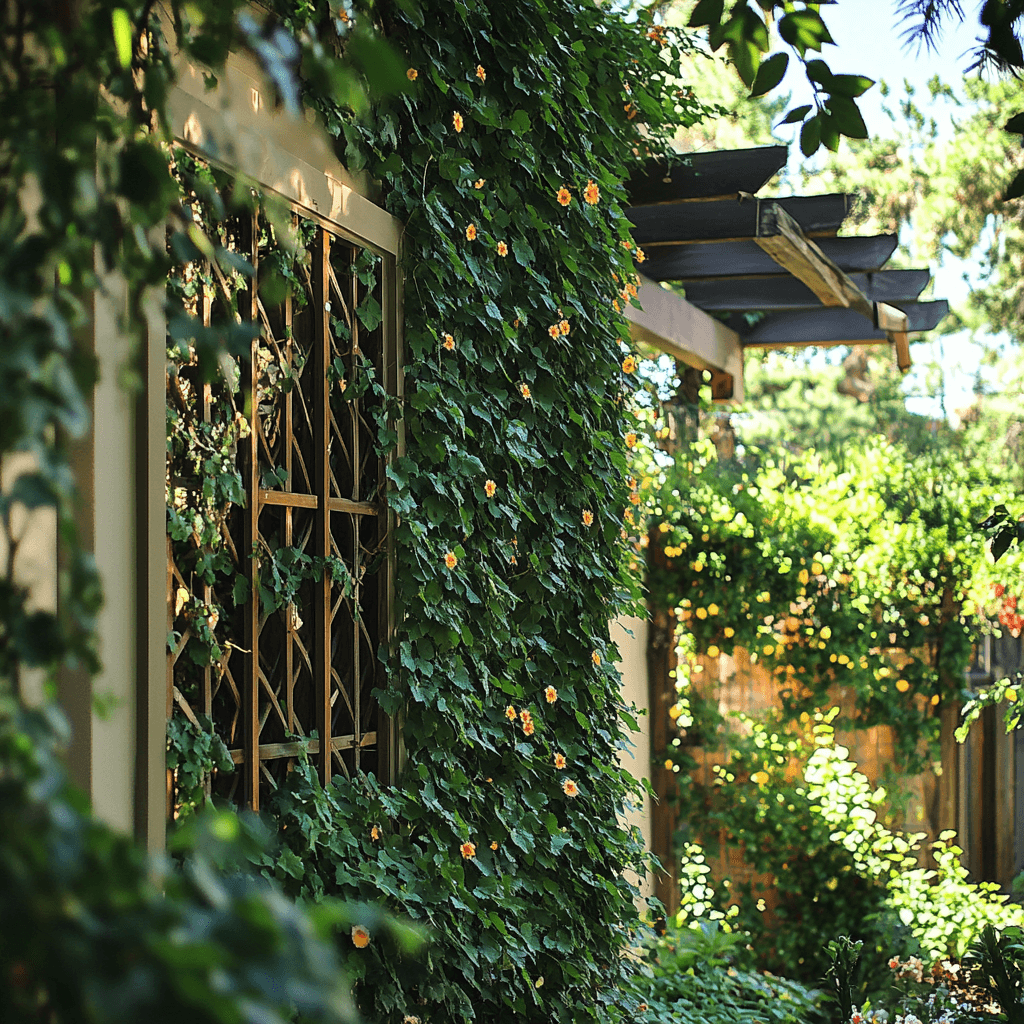
When you’re short on ground space but big on ambition, think vertical.
A living wall transforms blank exterior surfaces into green focal points. It’s like adding artwork to your home’s exterior, except this artwork grows, changes with the seasons, and might even smell amazing.
What works: Trellises or wire grids covered with climbing plants like clematis, jasmine, or Boston ivy. You can also use modular planting systems for herbs and smaller plants if you want something more structured.
Pro tip: Choose climbers that suit your climate and maintenance level. Some, like ivy, are nearly indestructible once established, while others, like annual vines, give you the chance to change the look each year.
6. Prairie-Style Native Garden
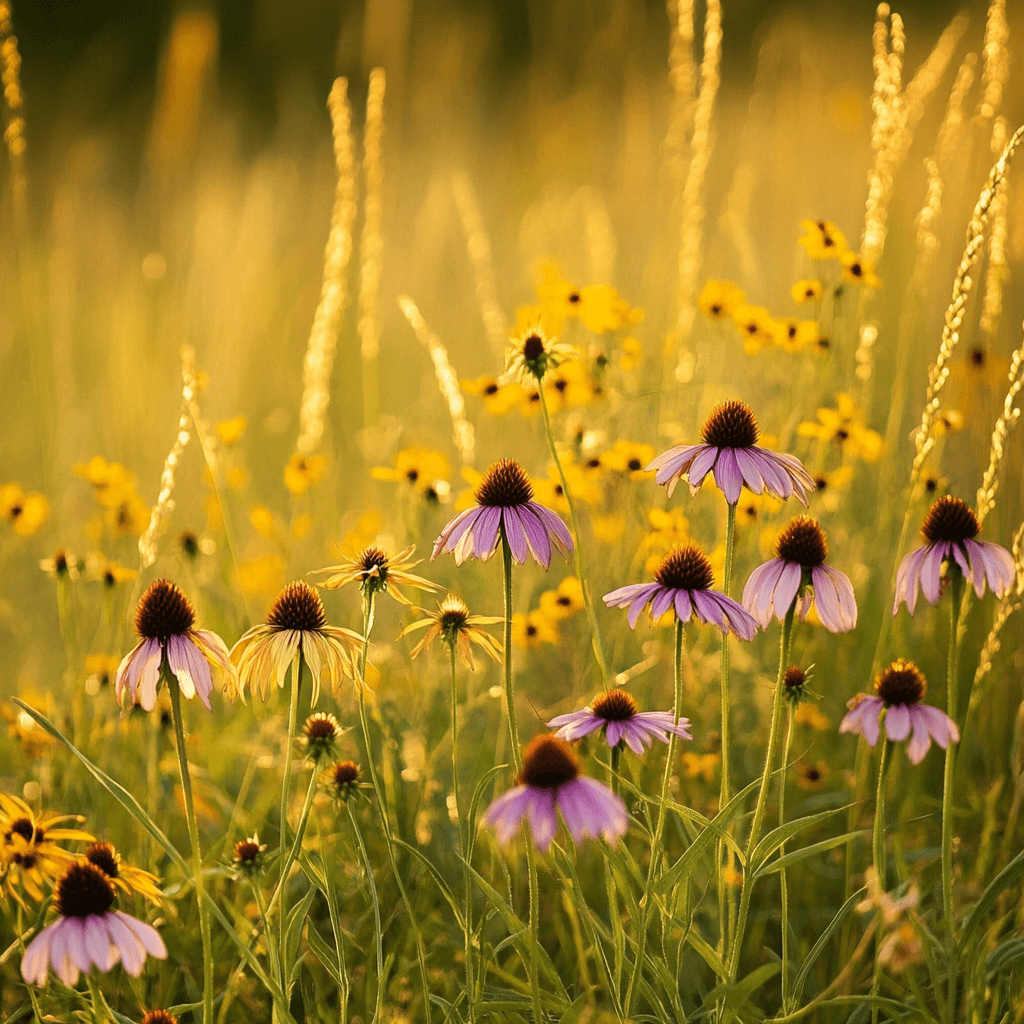
This is gardening that works with nature instead of fighting it.
Native plant gardens are having a moment because they’re beautiful, support local wildlife, and practically take care of themselves once established.
Plus, there’s something deeply satisfying about growing plants that actually want to be in your soil and climate.
What works: Research native wildflowers and grasses for your area. Purple coneflowers, black-eyed susans, and native grasses create movement and attract butterflies and birds.
Pro tip: Don’t worry if it looks sparse the first year. Native gardens often take 2-3 years to fill in, but the wait is worth it for the low-maintenance payoff.
7. Japanese-Inspired Garden
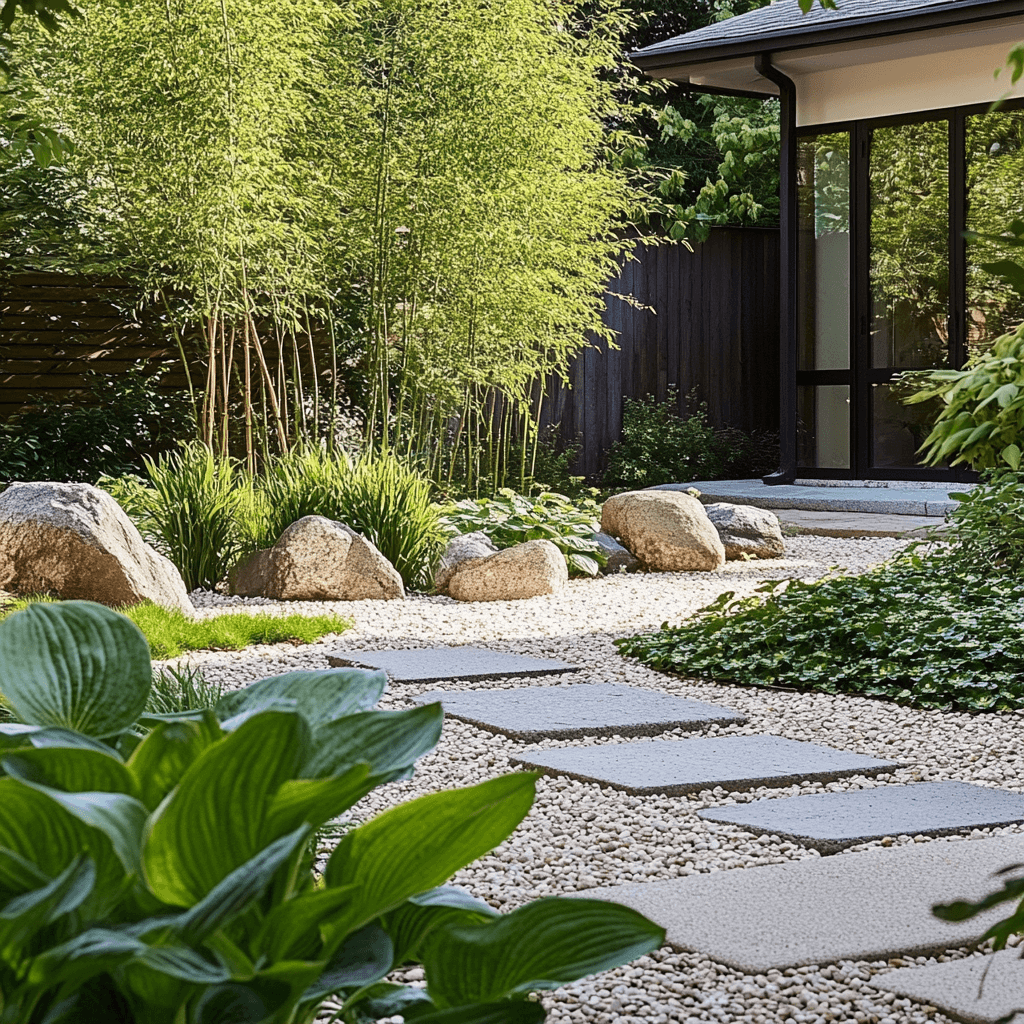
Sometimes the most beautiful gardens are also the most peaceful.
This style is about creating a sense of calm and balance—something we could all use more of. Every element has meaning and nothing feels rushed or chaotic.
What works: Carefully placed stones, bamboo plants, hostas for shade areas, and maybe a small water feature. The goal is simplicity and harmony rather than bold color or drama.
Pro tip: Odd numbers work better than even when placing stones or plants. For instance, three rocks look more natural than two or four.
8. Edible Front Yard
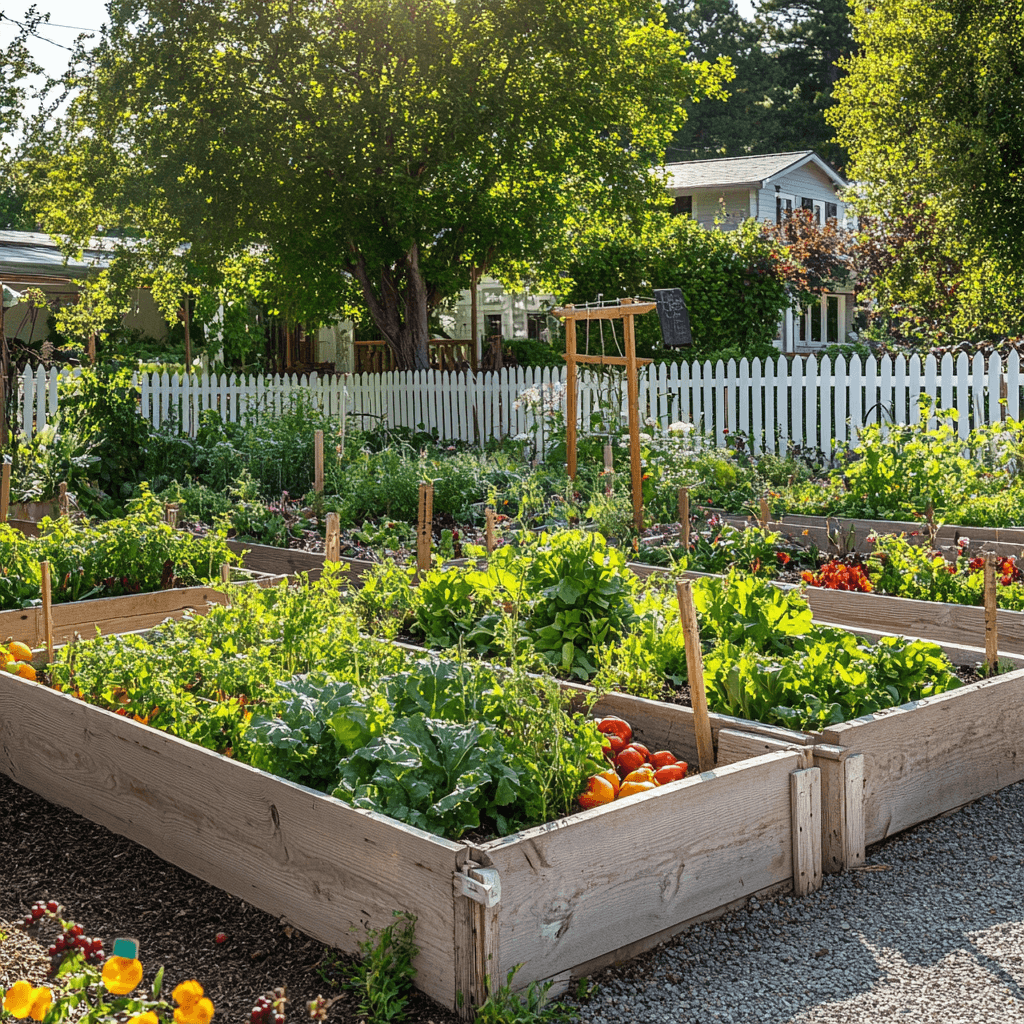
Who says your front garden can’t feed your family too?
Edible landscaping proves that functional can be absolutely gorgeous. When done right, vegetable and herb gardens in front yards look intentional and abundant rather than like you’ve given up on ornamental plants.
Prices pulled from the Amazon Product Advertising API on:
Product prices and availability are accurate as of the date/time indicated and are subject to change. Any price and availability information displayed on [relevant Amazon Site(s), as applicable] at the time of purchase will apply to the purchase of this product.
What works: Raised wooden beds with colorful vegetables, herb borders along walkways, and fruit trees or berry bushes as natural fencing. Mix in flowers that attract pollinators to help your edibles thrive.
Pro tip: Focus on plants that look good throughout their growing season, not just at harvest. Kale, herbs, and colorful peppers stay attractive longer than crops that bolt quickly.
9. Rock Garden with Alpine Plants
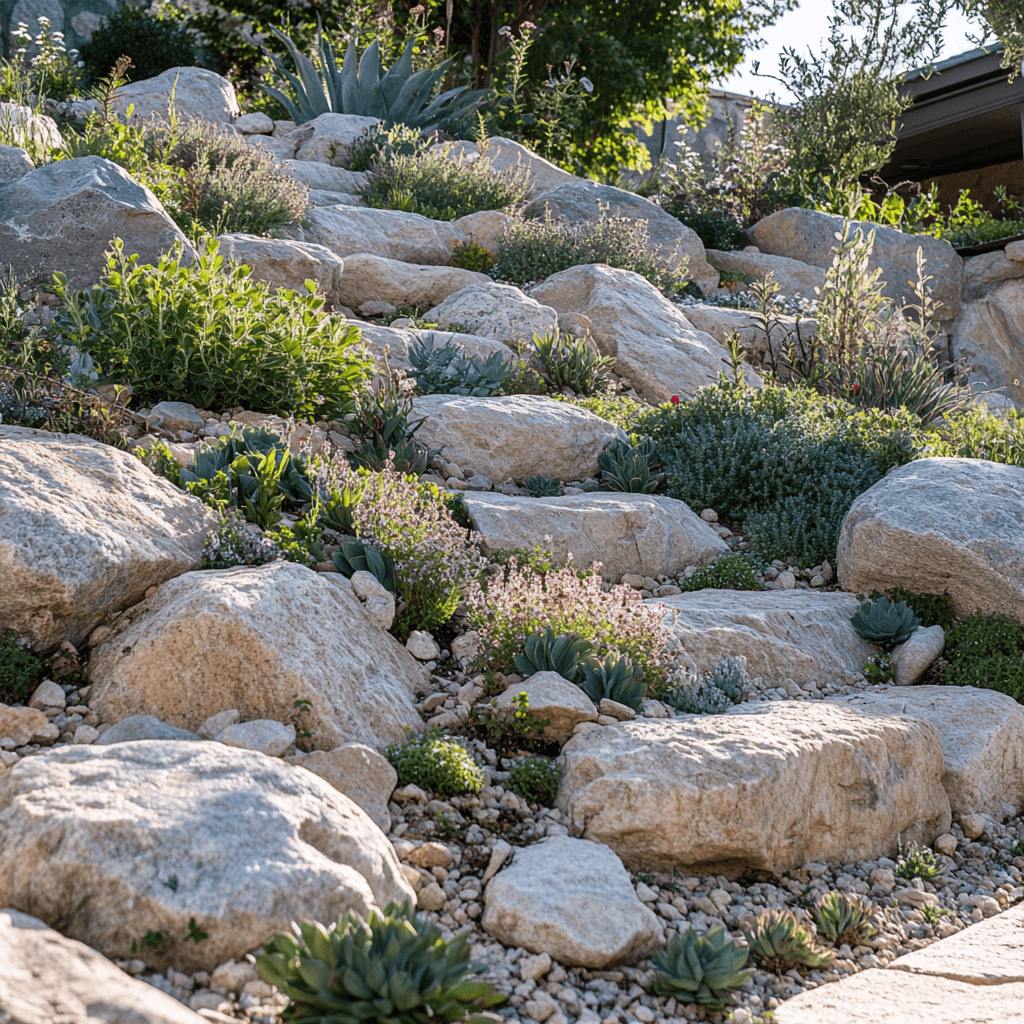
Perfect for slopes, poor soil, or anywhere you want beauty without constant watering.
Rock gardens have a timeless appeal because they look established and permanent. They’re also incredibly practical for challenging spots where other plants struggle.
What works: Various sized stones creating natural-looking terraces, filled with hardy plants like sedums, creeping thyme, and small ornamental trees. The rocks provide structure while the plants soften the edges.
Pro tip: Use local stone if possible—it looks more natural and costs less than imported materials. Visit stone yards to see options in person rather than ordering online.
The best front garden isn’t necessarily the most expensive or complex one. It’s the one that fits your budget, works with your home’s style, and makes you smile every time you come home!


